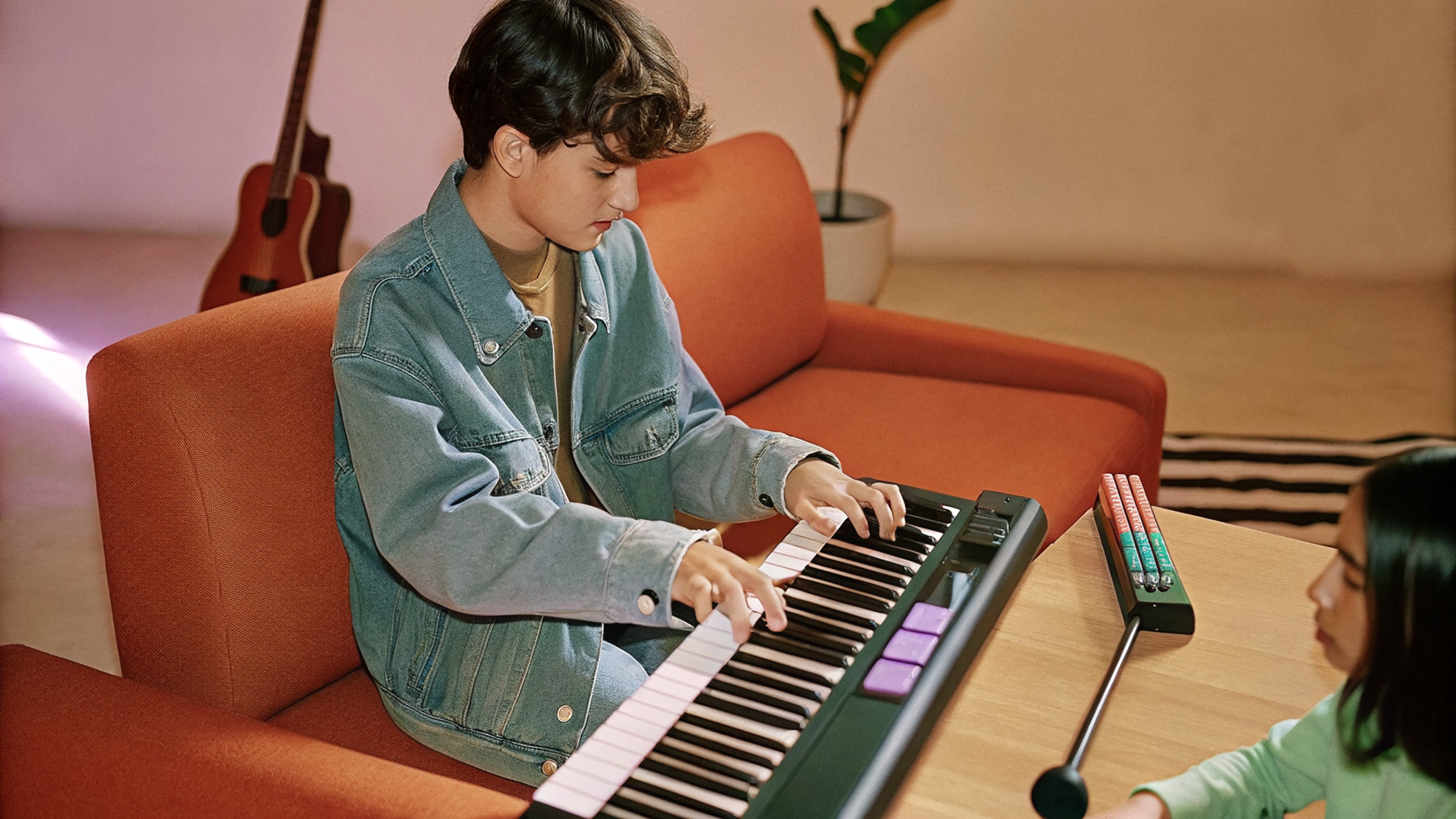
If you’re shopping for your first instrument, you’ve likely run into two common terms: digital piano and portable keyboard. They may look similar, but the difference between a keyboard and a piano matters for sound, feel, price, and long-term learning. In this guide, we’ll break down digital piano vs keyboard in plain language, so you know which one fits your goals, budget, and space.

So the difference between digital piano and keyboard comes down to authenticity vs flexibility.

Digital piano:
Portable keyboard:
Takeaway: If you want the closest thing to a traditional piano, choose digital piano. If you want flexibility and fun, a keyboard delivers.
Digital piano:
Portable keyboard:
Takeaway: If you’re serious about piano technique, digital piano wins. For easy practice or casual playing, a portable keyboard works.
Digital piano:
Portable keyboard:
Takeaway: If space or travel matters, choose a portable keyboard. If stability and realism matter, stick with digital piano.

Digital piano:
Portable keyboard:
Takeaway: A piano and keyboard difference here is clear: keyboards = more learning tools, pianos = more authentic sound.
Takeaway: If your budget is limited, keyboards give more features for less money. But a digital piano is a long-term investment in authentic feel.
Think about your end goal: casual music-making vs pursuing authentic piano skills.
A piano (acoustic or digital) is built for authentic feel and tone. A keyboard focuses on portability and features.
Not better, just different. A digital piano is better for realism, a keyboard is better for flexibility.
Yes. Many beginners start with a portable keyboard. But eventually, weighted keys help develop stronger technique.
Keyboards are lighter and easier for small hands, plus they come with interactive lessons that keep kids engaged.
The portable keyboard vs digital piano debate comes down to your goals. If you dream of classical pieces and want the authentic piano experience, invest in a digital piano. If you want flexibility, portability, and beginner-friendly features, go with a portable keyboard.
If you’re considering an option that blends both worlds—light-up keys, Bluetooth MIDI, app lessons, and modular expandability—explore smart keyboards designed for modern learners.
Leer más

4 Best Keyboards with Light-Up Keys – Radiant Pianos!
Looking for a piano that lights up keys so you can actually play songs in your first week? You’re in the right place. Light-guided keyboards turn practice into “follow the glow,” making rhythm, han...

Beginner's Guide: 88-Key Piano vs 61-Key Keyboard
Starting piano is exciting—until you have to choose between a 61 key keyboard vs 88 key instrument. Do you go compact and affordable, or full-size for the most authentic experience? This guide brea...